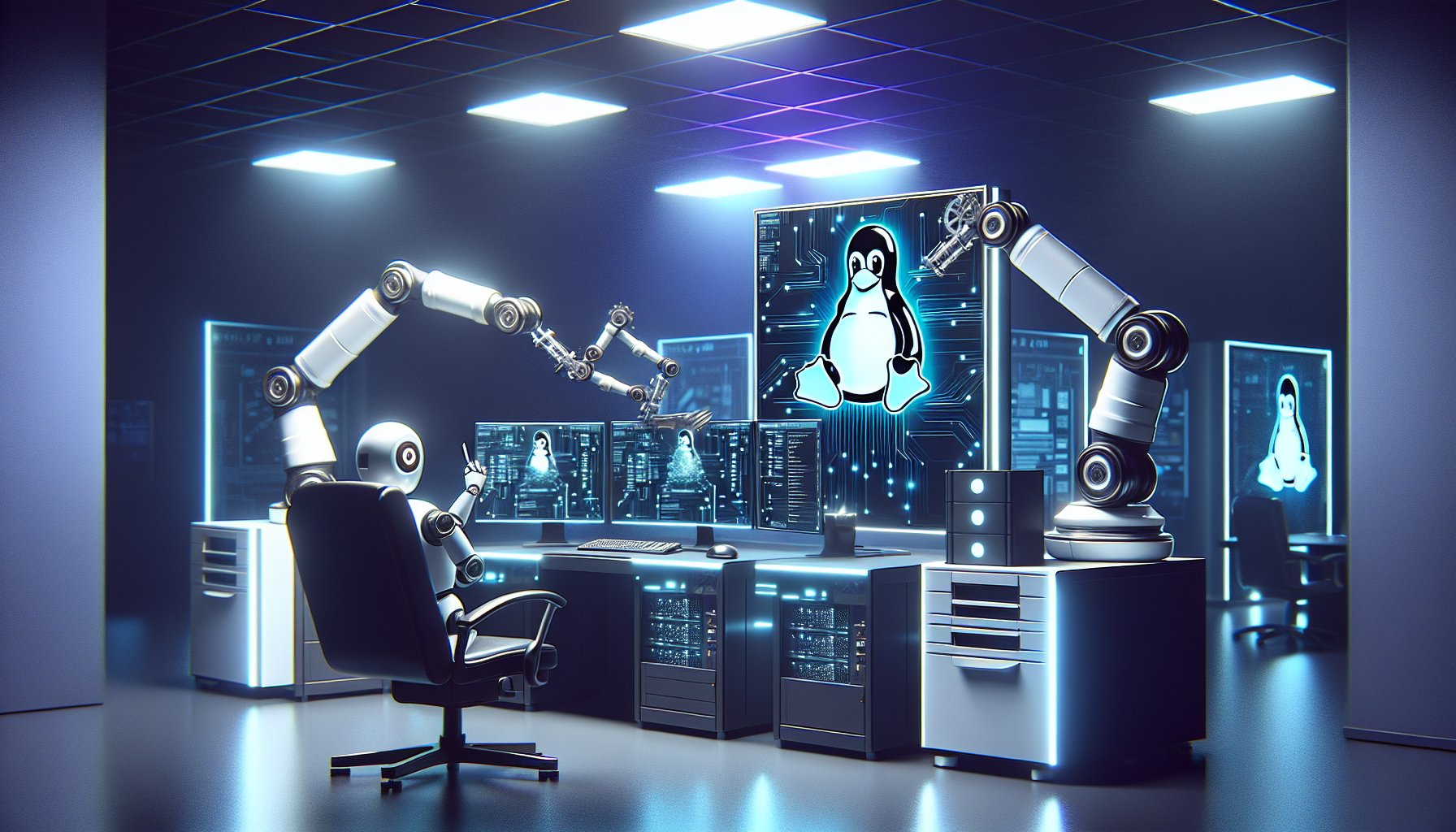Introduction
As we continue to evolve in the digital era, Linux administration consistently proves its worth as a cornerstone for developers, IT professionals, and businesses alike. This blog post explores the cutting-edge practices, emerging trends, and innovative solutions dominating Linux administration in 2025 and beyond.
Embracing Containerization
Containerization is rapidly transforming the way we manage and deploy applications, with Docker and Kubernetes leading the revolution. Containers offer a lightweight and portable solution for packing, shipping, and running applications irrespective of the deployment environment.
Code Example: Docker
# Pull the latest version of the image from Docker Hub docker pull ubuntu:latest # Run a container from the image docker run -it ubuntu:latest /bin/bash
Leveraging Automation
Automation is a key factor in minimizing human error, improving efficiency, and ensuring consistency across various operations. Tools like Ansible and Puppet have been instrumental in automating complex administrative tasks, making Linux administration more efficient and reliable.
Code Example: Ansible
---
- hosts: webservers
tasks:
- name: ensure apache is at the latest version
apt:
name: apache2
state: latest
Driving Innovation with Edge Computing
Edge computing is shaping the future of IT infrastructure, bringing computation and data storage closer to the source of data generation. This reduces latency and bandwidth usage, improving application performance and user experience. Linux, thanks to its flexibility and robustness, is playing a pivotal role in this evolution.
Enhancing Security with SELinux
In a world where cyber threats are increasingly sophisticated, SELinux offers an extra layer of defense. This security module provides access control security policies, helping to protect your system against unauthorized access.
Code Example: SELinux
# Display the current SELinux status getenforce # Set SELinux to enforcing mode setenforce 1
Conclusion
Linux administration continues to adapt and evolve, aligning with emerging trends and technologies. By embracing containerization, leveraging automation, driving innovation with edge computing, and enhancing security with SELinux, businesses can stay ahead in the ever-changing IT landscape.
Staying abreast of these cutting-edge practices and technologies is critical to maintaining a competitive edge. The future of Linux administration promises exciting advancements that will continue to reshape the IT industry, and staying informed will be key to navigating these changes successfully.
